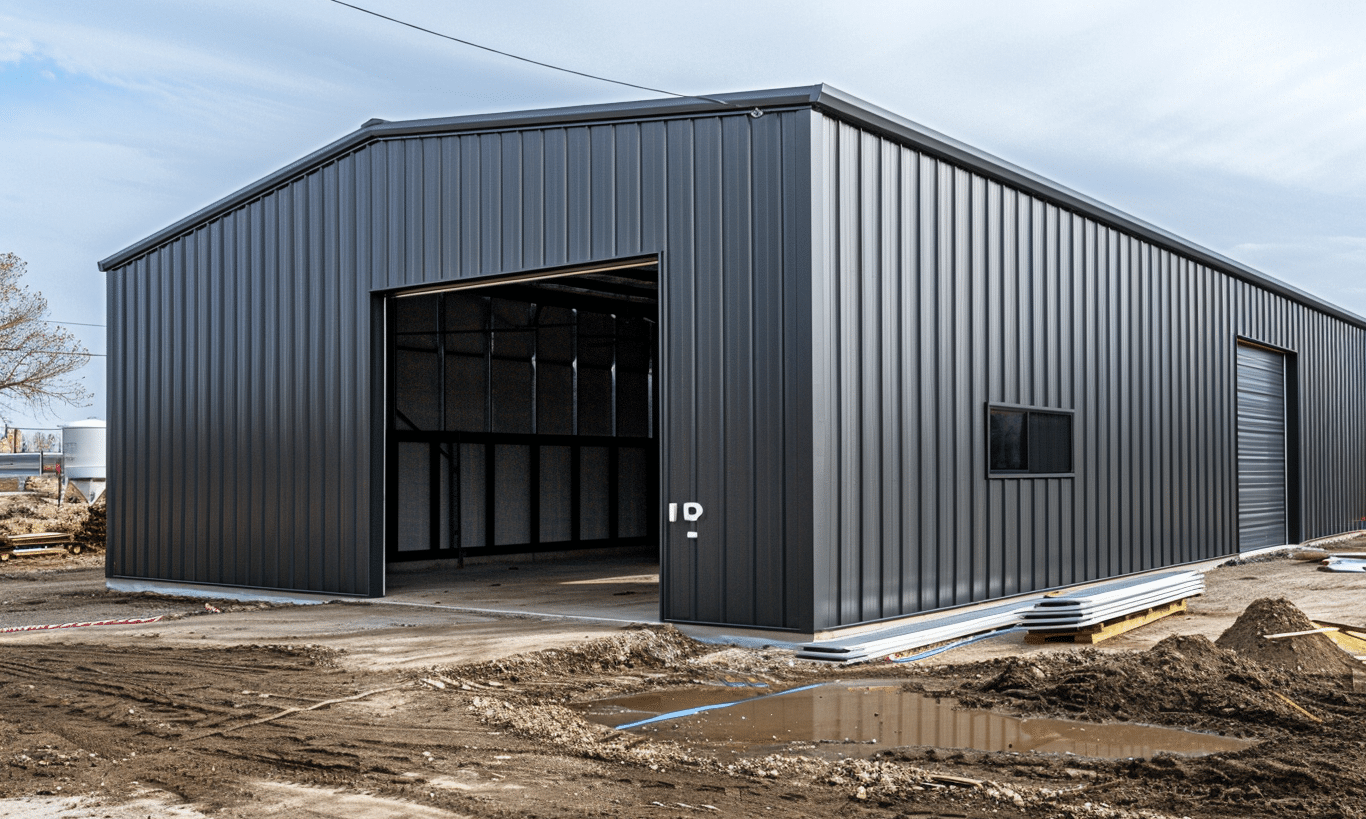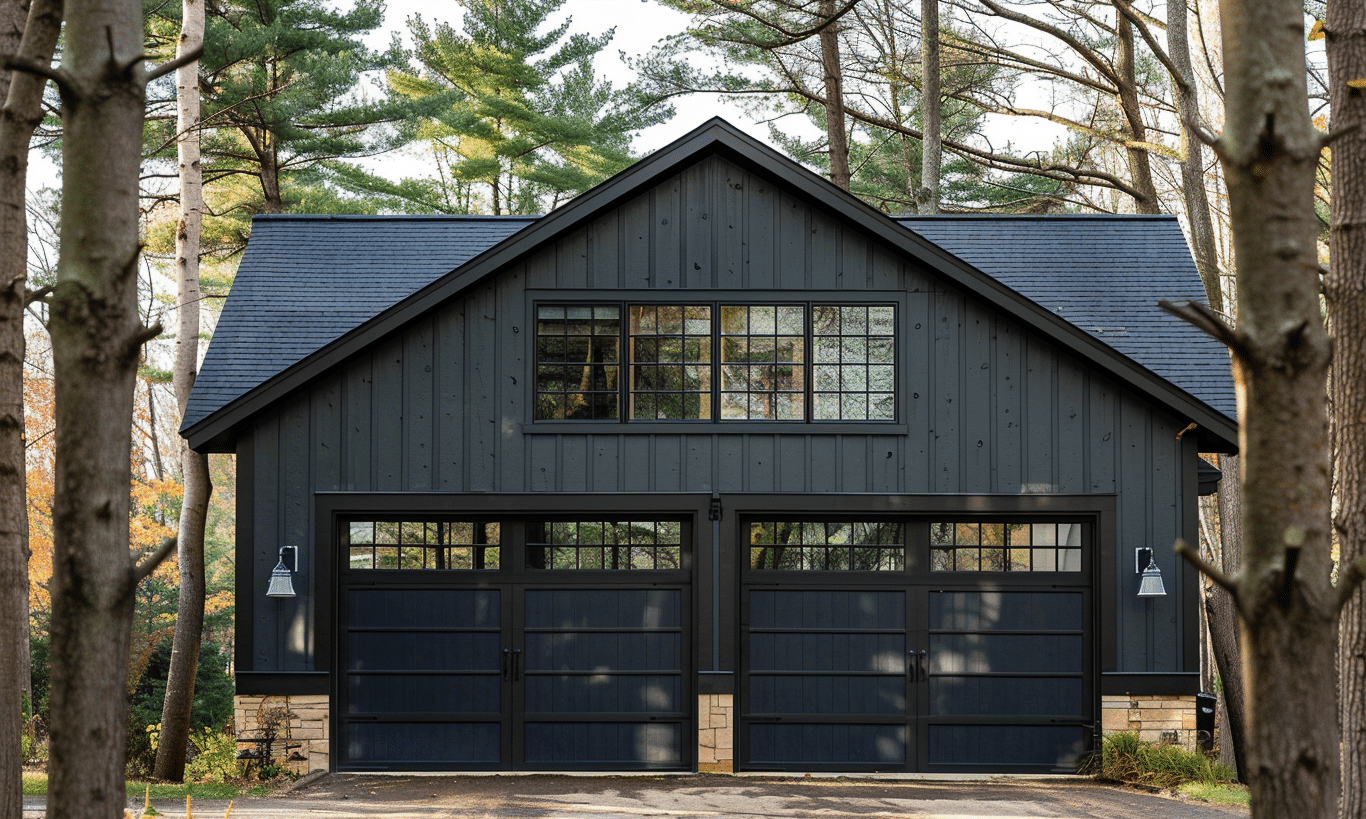In the realm of rapidly evolving work environments, there’s a buzzword that’s been capturing more attention than ever—office space ergonomics design. But what exactly does this entail, and why should businesses care? Picture this: a work space that doesn’t just serve as a place to tackle tasks but nurtures productivity and overall well-being. A space where the aesthetics are not just eye-pleasing, but functional and harmonizing with worker health. Sounds intriguing, right? Let’s delve into this concept and explore how to design healthy office spaces that promote ergonomic excellence.
The Importance of Ergonomics in Office Design
When we talk about ergonomics, what comes to mind? Often, people envision just having the right chair or desk. But there’s more to it. Ergonomics is about creating a workspace that conforms to the human body’s movements and capabilities. The aim is to minimize discomfort and strain, resulting in happier, more efficient employees. It’s about recognizing that the working environment directly influences worker performance and satisfaction.
Employers striving for optimal office space ergonomics design reap several benefits. An ergonomic workspace reduces the risk of musculoskeletal disorders (MSDs), a major cause of work-related injuries and loss of productivity. By integrating thoughtful design elements, companies can enhance their team’s efficiency and morale.
Key Elements of Ergonomic Office Design
Integrating ergonomics into office design can seem daunting. However, it involves focusing on several crucial elements:
1. Furniture and Equipment
The foundation of ergonomic office space lies in selecting the right furniture and equipment. Chairs should support the spine and allow for mobility. Adjustable desks, whether standing or sitting, enable employees to alternate between positions, thus reducing strain. Ensure that computer monitors are at eye level, which helps prevent neck pain.
2. Lighting and Ambience
Lighting is often underestimated in its impact on ergonomics. Natural light is always preferred as it reduces eye strain and enhances mood. When natural lighting isn’t an option, adjustable lighting systems can tailor the intensity according to the task at hand. Moreover, ambient office environments enhanced visually by color can substantially impact employee well-being.
3. Acoustics
Sound, much like sight, dictates focus and comfort. Office space acoustics considerations are critical for an ergonomic design. Insulating materials or sound masking solutions can minimize distraction, leading to better concentration and productivity.
4. Job Design and Workflows
How work is organized and structured also plays an essential role in ergonomics. Providing employees with proper training in ergonomic principles ensures they make the best use of the tools and setups provided. Moreover, structuring workflows to allow for regular breaks and movement is vital.

Integrating Ergonomics: From Concept to Reality
Transitioning from concept to execution can be seamless with the right strategy. Here’s a blueprint to guide the integration of ergonomic principles:
1. Assessment and Planning
Begin with evaluating the current environment. Identify pain points and potential improvements. Consulting with experts in Professional Commercial Construction Services ensures that the office space evolves efficiently.
2. Employee Involvement
Engage with staff to understand their needs. After all, who better to advise on the functional deficits of a workspace than those using it daily? Facilitating feedback sessions can identify overlooked areas in need of ergonomic attention.
3. Implementing Change
Introduce ergonomic furniture and tools incrementally for a smoother transition. Monitor the impact and make adjustments based on employee feedback and productivity metrics.
4. Continuous Evaluation
Ergonomics is not a one-time implementation but an ongoing evolution. Regular reviews of ergonomic strategies help adapt to new challenges and employee needs.

The Role of Commercial Steel Buildings and Technology
Modern office spaces, particularly those within commercial steel buildings, lend themselves uniquely well to ergonomic integrations. Their structural flexibility allows for customizations that can accommodate cutting-edge ergonomic solutions.
Moreover, technology plays a pivotal role in contemporary ergonomics. Adaptive lighting systems, AI-based ergonomic monitors, and ergonomic task management software are just a few examples of how tech can enhance workplace comfort and efficiency. Organizations like Ergonomics.org offer valuable resources on leveraging technology to improve ergonomics.
Conclusion
To design a healthy, ergonomic office space is to invest in the well-being and productivity of a company’s most valuable asset—its people. The ripple effect of such thoughtful design is profound, reducing health-related costs, boosting productivity, and fostering a more engaged workforce. By embracing the nuances of office space ergonomics design, businesses position themselves ahead, optimizing the workspace for success. Should you require further assistance or wish to elevate your office space, do not hesitate to reach out—your journey towards a healthier workplace starts with a simple step: Contact our expert team today.
In closing, what innovative ergonomic solutions could you envision for your office? Share your thoughts and contribute to the growing dialogue on transforming office spaces into healthier havens.











